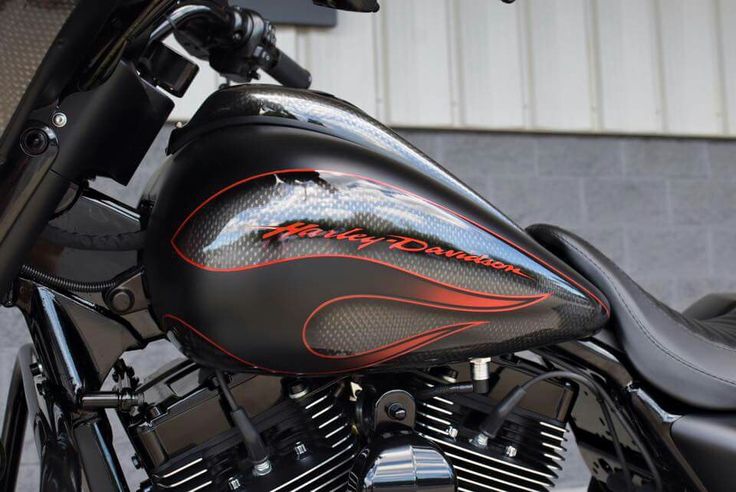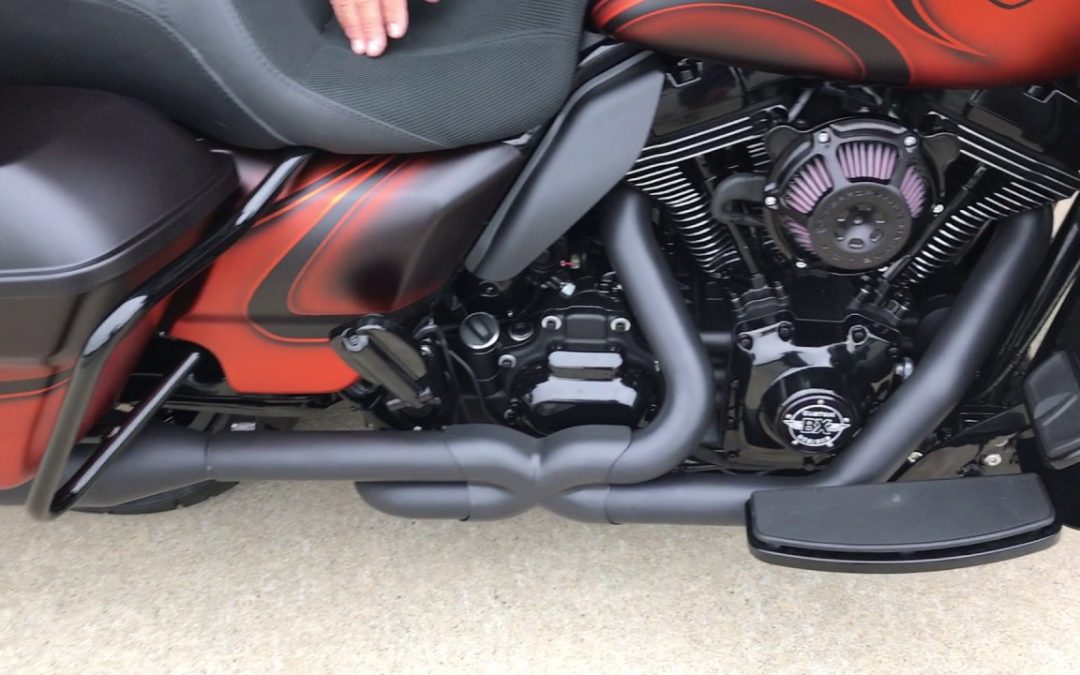Are you looking to give your motorcycle engine a fresh new look? Whether you are a seasoned motorcycle enthusiast or someone new to the world of custom bikes, knowing how to paint a motorcycle engine with the right techniques and tools can make all the difference. With the tremendous advancements in painting technology, it is now easier than ever to achieve a professional finish right at home. In this comprehensive guide, we will walk you through the entire process step-by-step, ensuring that you are well-prepared for this exciting project.

Why Paint Your Motorcycle Engine?
There are several reasons why you might want to paint your motorcycle engine. Not only does it enhance the aesthetic appeal of your bike, but it can also provide a layer of protection against the elements. Whether you are looking to impress at your next motorcycle meet or simply want to give your ride a personalized touch, painting your engine is a terrific way to achieve that.
Getting Started: What You Will Need
Choosing the Right Paint
The first step in learning how to paint a motorcycle engine is to choose the right paint. Opt for a high-temperature resistant paint that can withstand the heat produced by the engine. Brands like VHT and Dupli-Color offer excellent options specifically designed for engines.
Gathering Tools and Materials
- High-temperature paint
- Primer
- Sandpaper
- Degreaser
- Painter’s tape
- Brushes
- Safety gear (gloves, goggles, mask)
Preparation: The Key to a Successful Paint Job
Cleaning the Engine
To ensure a smooth and lasting finish, it is crucial to thoroughly clean your engine before applying any paint. Use a strong degreaser to remove any built-up grease, oil, and dirt. A clean surface allows the paint to adhere better and last longer.
Prepping the Surface
After cleaning, use sandpaper to scuff the surface of the engine lightly. This will help the primer and paint adhere better. Be sure to cover any areas you do not want to paint with painter’s tape.
Painting Your Motorcycle Engine
Applying the Primer
Once your engine is prepped, it is time to apply the primer. A good primer is essential for achieving a smooth and durable finish. Apply the primer in even coats, allowing it to dry completely between each layer.
Applying the Paint
With the primer in place, you can now start painting your engine. Shake the paint can thoroughly before use and apply the paint in light, even coats. Patience is key here multiple thin layers will yield a much better finish than one thick layer.
Finishing Touches
After the final coat of paint is applied, allow the engine to dry completely. Once dry, you can remove any painter’s tape and enjoy the fresh new look of your motorcycle engine.
Maintaining Your Newly Painted Engine
Congratulations, you have successfully painted your motorcycle engine! To keep it looking its best, be sure to maintain it properly. Regular cleaning and occasional touch-ups will ensure your engine remains a focal point of admiration.
Common Mistakes to Avoid
Skipping the Primer
One of the most common mistakes is skipping the primer. A good primer ensures that the paint adheres better and lasts longer.
Rushing the Process
Patience is key when it comes to painting. Rushing the process can lead to uneven coats and a less-than-perfect finish.
Not Cleaning Properly
Another common mistake is not cleaning the engine thoroughly before painting. Any grease or dirt left on the surface can prevent the paint from adhering properly.
Conclusion
Learning how to paint a motorcycle engine is a rewarding skill that can breathe new life into your bike. With the right tools, materials, and techniques, you can achieve a professional-quality finish that will make your engine look brand new. So, roll up your sleeves, get your tools ready, and give your motorcycle the upgrade it deserves!
FAQs
How long does it take to paint a motorcycle engine?
The time it takes to paint a motorcycle engine can vary depending on the size of the engine and the conditions in which you are working. Generally, you should allow a full day for cleaning, prepping, and painting, and then several hours for the paint to dry completely.
Can I paint my motorcycle engine without removing it?
Yes, it is possible to paint your motorcycle engine without removing it from the frame. However, you will need to ensure that you cover all surrounding areas to protect them from overspray.
What type of paint should I use for my motorcycle engine?
It is important to use a high-temperature resistant paint specifically designed for engines. Brands like VHT and Dupli-Color offer excellent options that can withstand the heat produced by a motorcycle engine.

Additional Resources
For further information on motorcycle engine maintenance, check out these articles:
For more tips on painting a motorcycle engine, visit this detailed guide.
